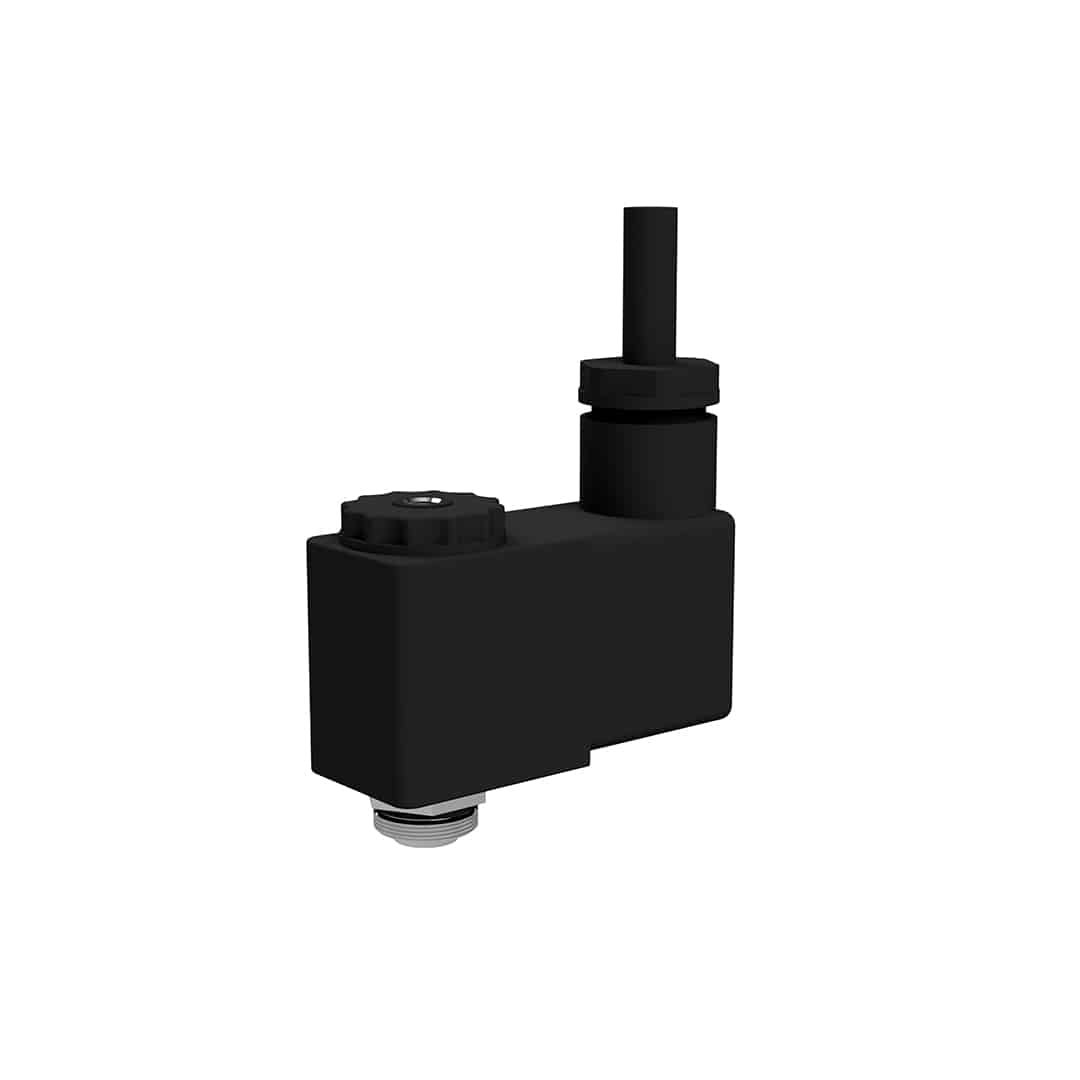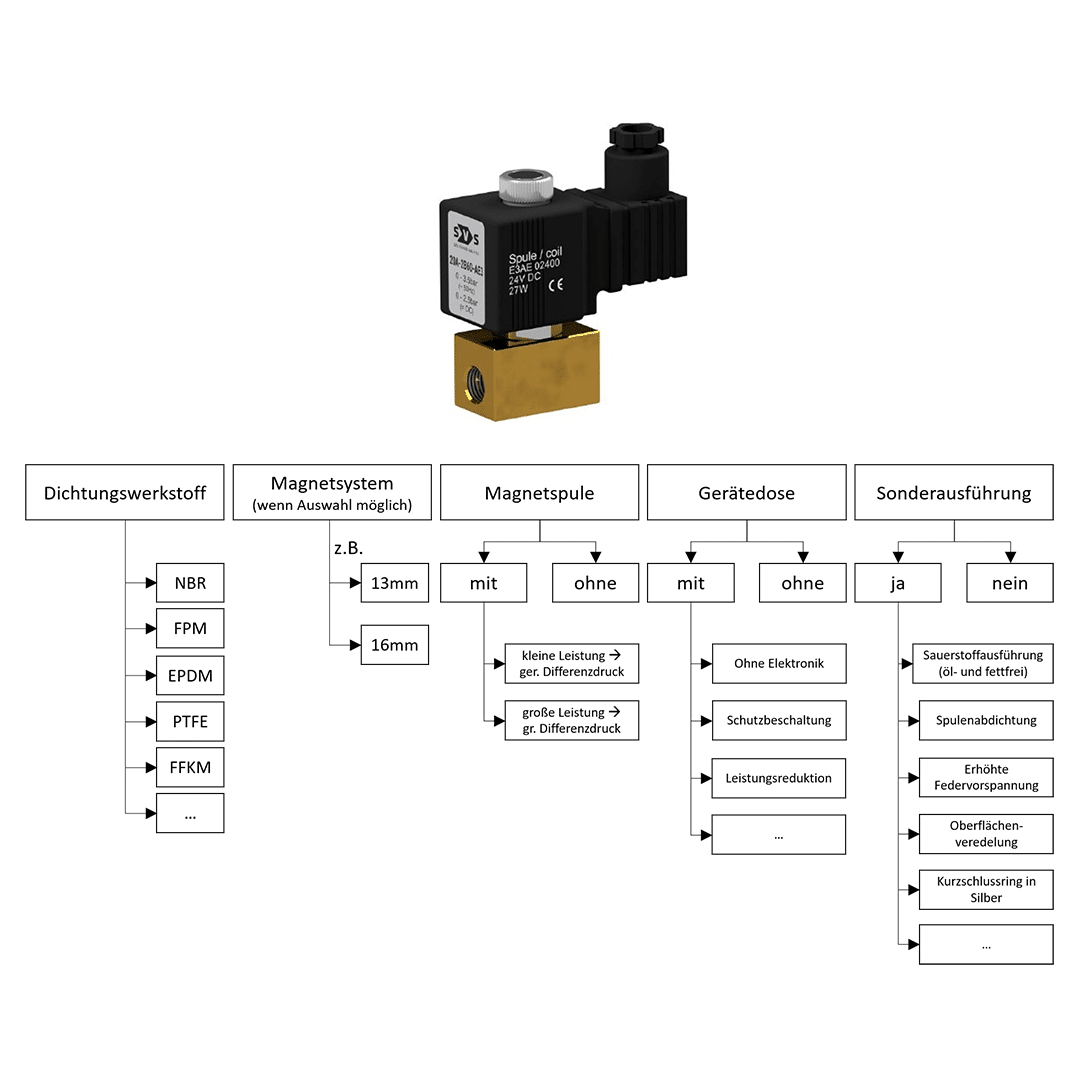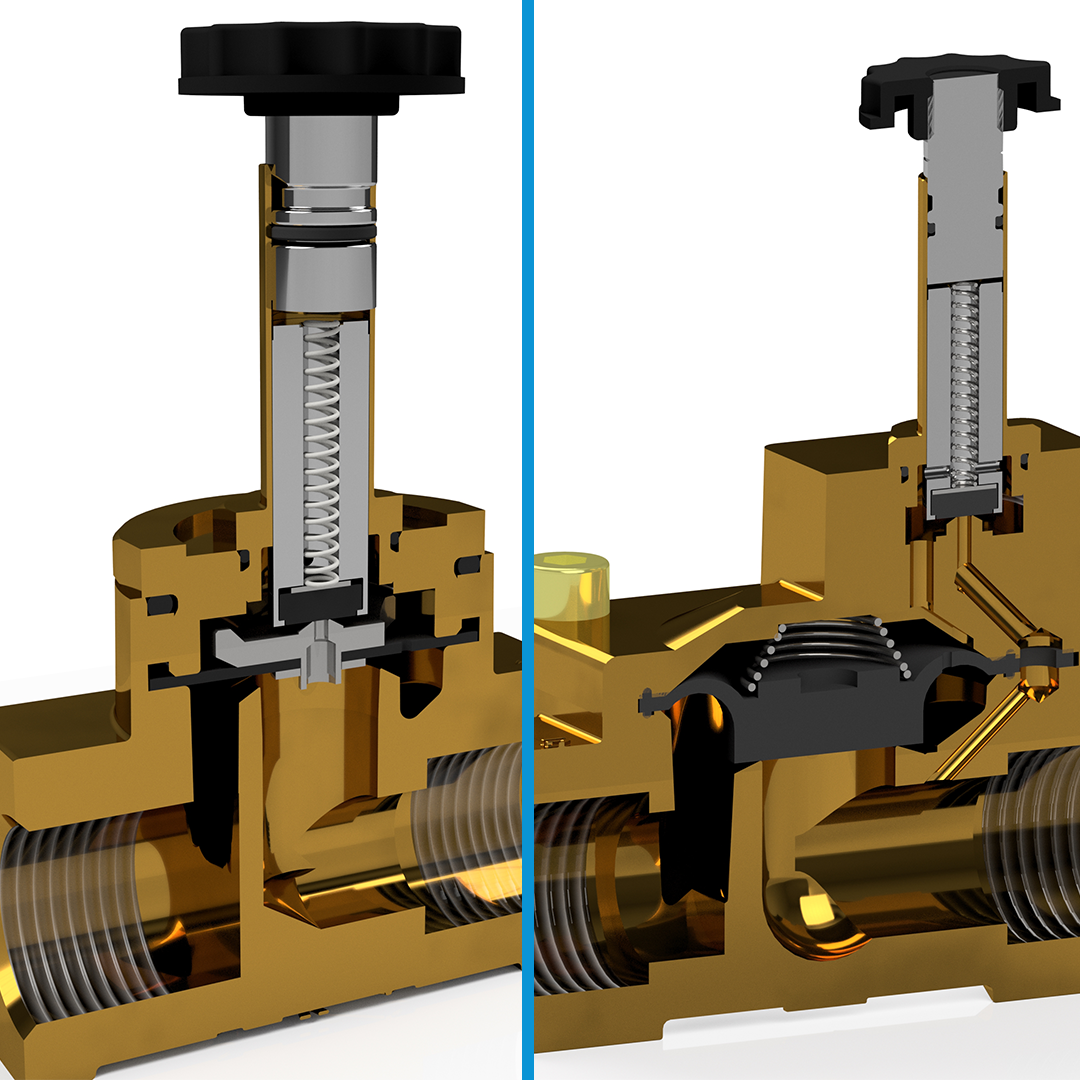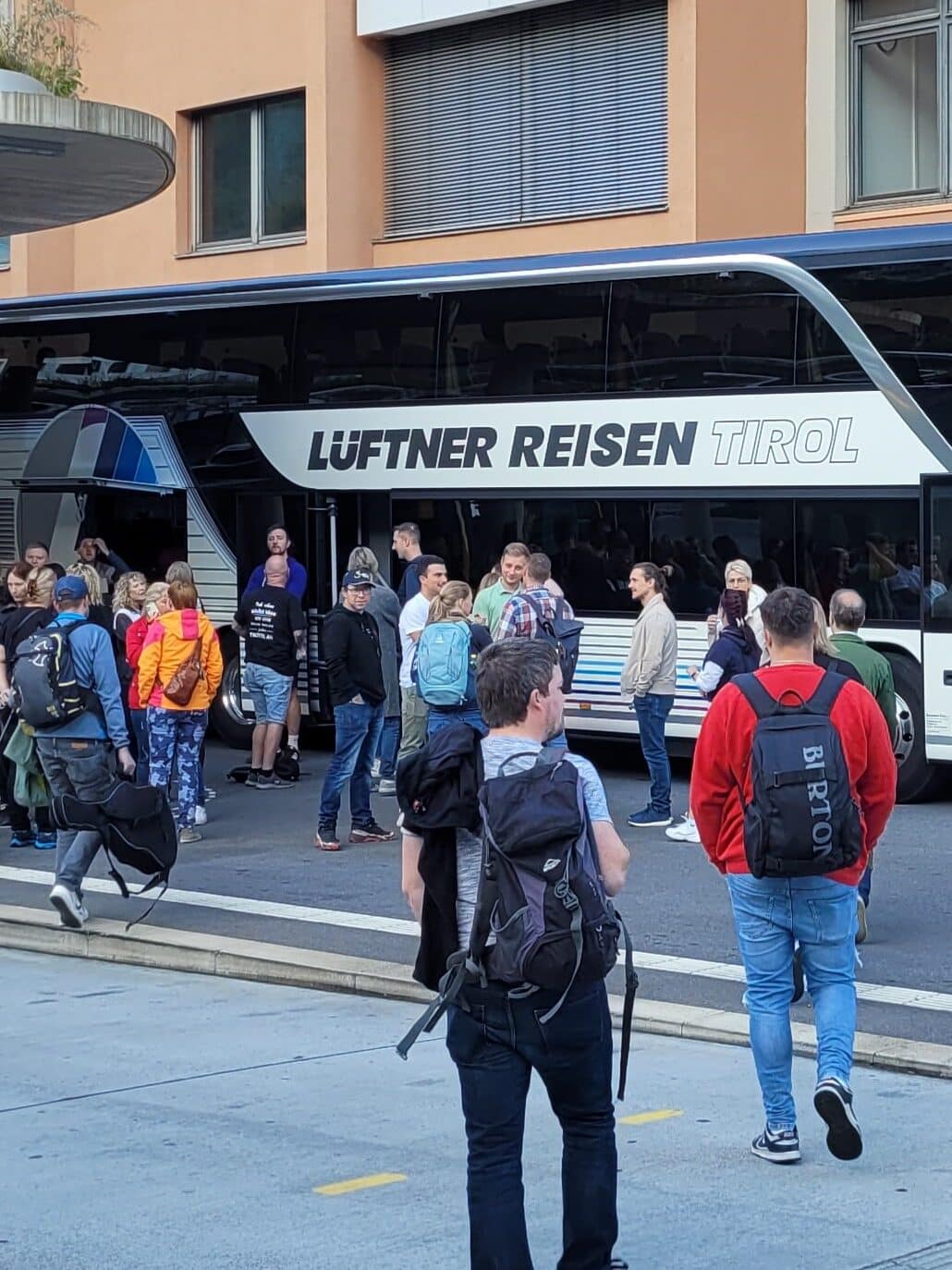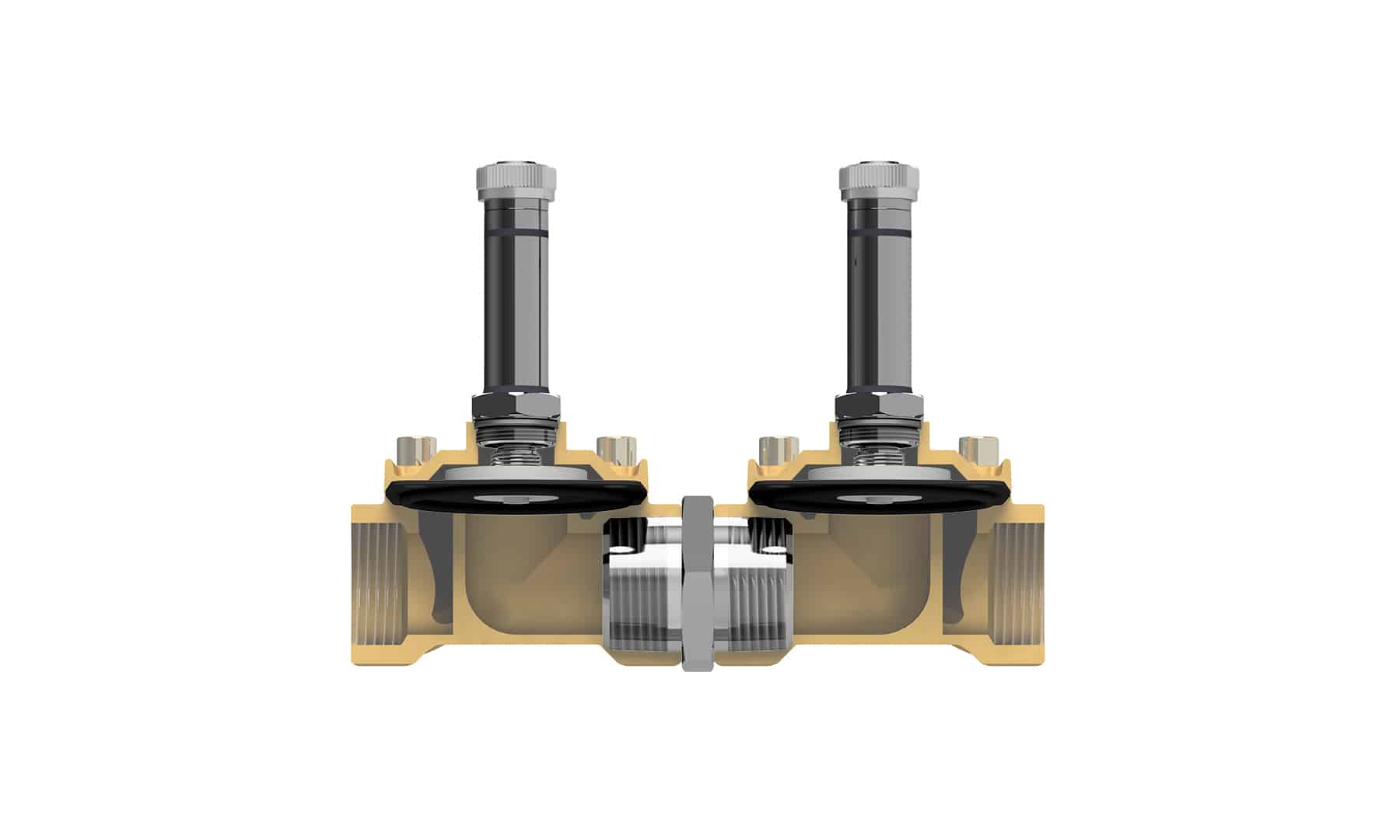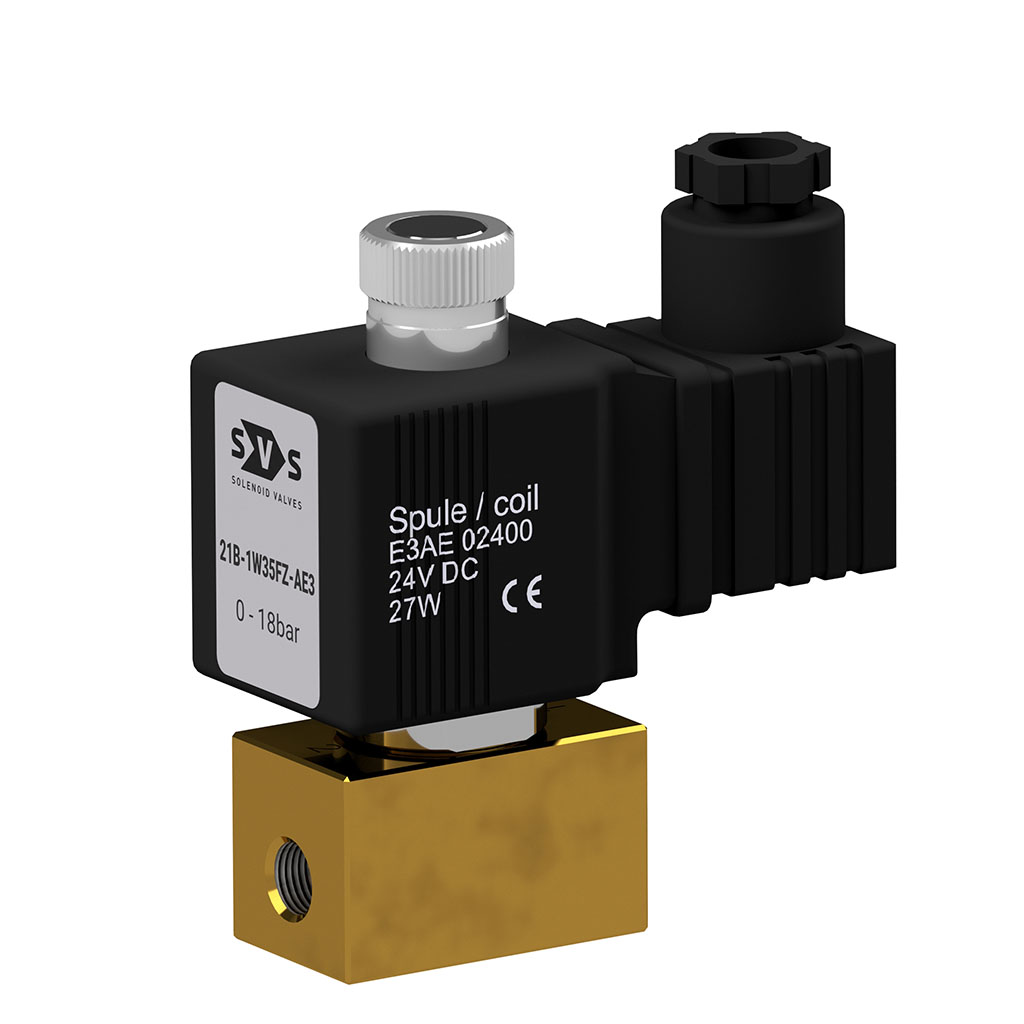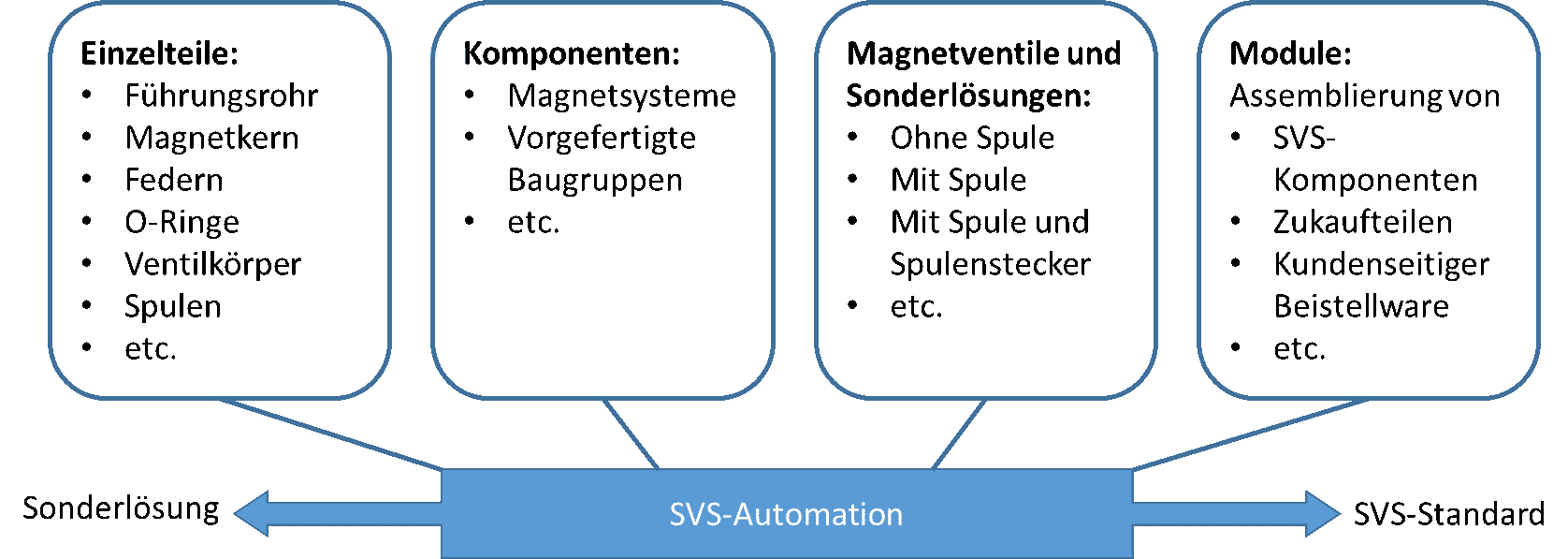Varistors and TVS diodes are often used as overvoltage protection components and are therefore also used in valve connectors. The structural design and manufacture of both elements is completely different, but the properties in terms of protection against overvoltages are similar.
Varistors are bidirectional components suitable for both AC and DC circuits. Under normal operating conditions, a varistor acts like an open circuit with high impedance. At high transient voltages, higher than a device specific voltage, the resistance to voltage ratio becomes non-linear, the resistance decreases as the voltage increases, thus limiting the voltage to a safe level, effectively protecting the components in the circuit that are in parallel with the varistor. Varistors are available in various housing designs, e.g. as a radial disc with wire connections or as a ceramic semiconductor product in the form of a chip varistor.
TVS diodes (Transient Voltage Suppressor) or also called suppressor diodes are diodes for protecting electronic circuits from short-term voltage pulses. Similar to varistors, TVS diodes become conductive when a component-specific voltage is exceeded. The current caused by an occurring voltage peak is thus conducted past parallel components and the voltage at the electronics to be protected is thus limited. In normal operation, TVS diodes behave like an open switch, although a small leakage current occurs and a parasitic capacitance can interfere with high-frequency applications. Unlike varistors, TVS diodes are available as uni- and bidirectional components, whereby the bidirectional variant for AC and DC applications is of particular interest for applications in solenoid valve plugs.
In practice and application with solenoid valves, both technologies offer sufficient protection. The advantages and disadvantages are therefore often of only theoretical significance.
| Varistor | TVS diode | |
| Clamp voltage – voltage from which the maximum current is conducted | Lower than varistors | |
| Resistance | Better than varistors | |
| Response time | Partially longer than TVS diodes | |
| Voltage range | Also used for high voltages | Typically for applications <100V Practically often used in 12V and 24V applications |


